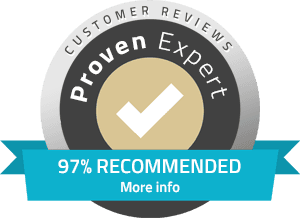Digital marketing for small businesses involves a strategic approach tailored to the unique needs, goals, and resources of each business. Here’s a step-by-step guide on how to effectively provide digital marketing services for small businesses:
Understand the Business and Goals:
- Begin by conducting a thorough consultation with the small business owner to understand their industry, target market, current marketing efforts, and business goals. Clarify their expectations regarding digital marketing outcomes.
Perform a Digital Marketing Audit:
- Evaluate the small business’s existing digital presence, including their website, social media profiles, online reviews, and SEO performance. Identify strengths, weaknesses, opportunities, and threats (SWOT analysis).
Define a Digital Marketing Strategy:
- Based on the audit and business goals, create a customized digital marketing strategy. Outline the specific tactics and channels to focus on, such as SEO, social media marketing, content marketing, PPC advertising, email marketing, and local marketing.
Build or Optimize the Website:
- Ensure the small business’s website is user-friendly, mobile-responsive, and optimized for search engines (SEO). Improve website speed, navigation, content quality, and calls-to-action (CTAs) to enhance user experience and conversions.
Implement SEO Best Practices:
- Conduct keyword research to identify relevant search terms for the small business’s industry. Optimize website content, meta tags, headings, and images with targeted keywords. Focus on local SEO if the business serves a specific geographic area.
Create Quality Content:
- Develop a content calendar and create valuable content such as blog posts, articles, infographics, videos, and case studies. Content should address customer pain points, answer common questions, and showcase the business’s expertise.
Utilize Social Media Marketing:
- Establish a presence on relevant social media platforms where the target audience is active. Create engaging content, share industry insights, promote products/services, and interact with followers. Use paid advertising on platforms like Facebook and Instagram to reach a wider audience.
Launch and Manage PPC Campaigns:
- Set up PPC campaigns on platforms like Google Ads and Bing Ads to drive targeted traffic to the small business’s website. Define specific goals (e.g., lead generation, sales) and optimize campaigns based on performance metrics such as click-through rates (CTR) and conversion rates.
Implement Email Marketing:
- Build an email list of potential and existing customers. Send personalized emails with valuable content, promotions, newsletters, and updates. Use segmentation to target different customer segments and automate email campaigns for efficiency.
Monitor, Analyze, and Optimize:
- Regularly monitor key performance indicators (KPIs) such as website traffic, conversion rates, ROI from marketing campaigns, and social media engagement. Use tools like Google Analytics, social media analytics, and CRM software to track results and make data-driven decisions.
Provide Regular Reporting and Communication:
- Keep the small business owner informed about the progress of digital marketing efforts. Provide detailed reports outlining campaign performance, trends, and recommendations for improvement. Maintain open communication and adjust strategies as needed based on feedback and results.
Stay Updated with Industry Trends:
- Continuously educate yourself about the latest trends, tools, and best practices in digital marketing. Attend webinars, conferences, and workshops to stay ahead of competitors and deliver innovative solutions to small businesses.



